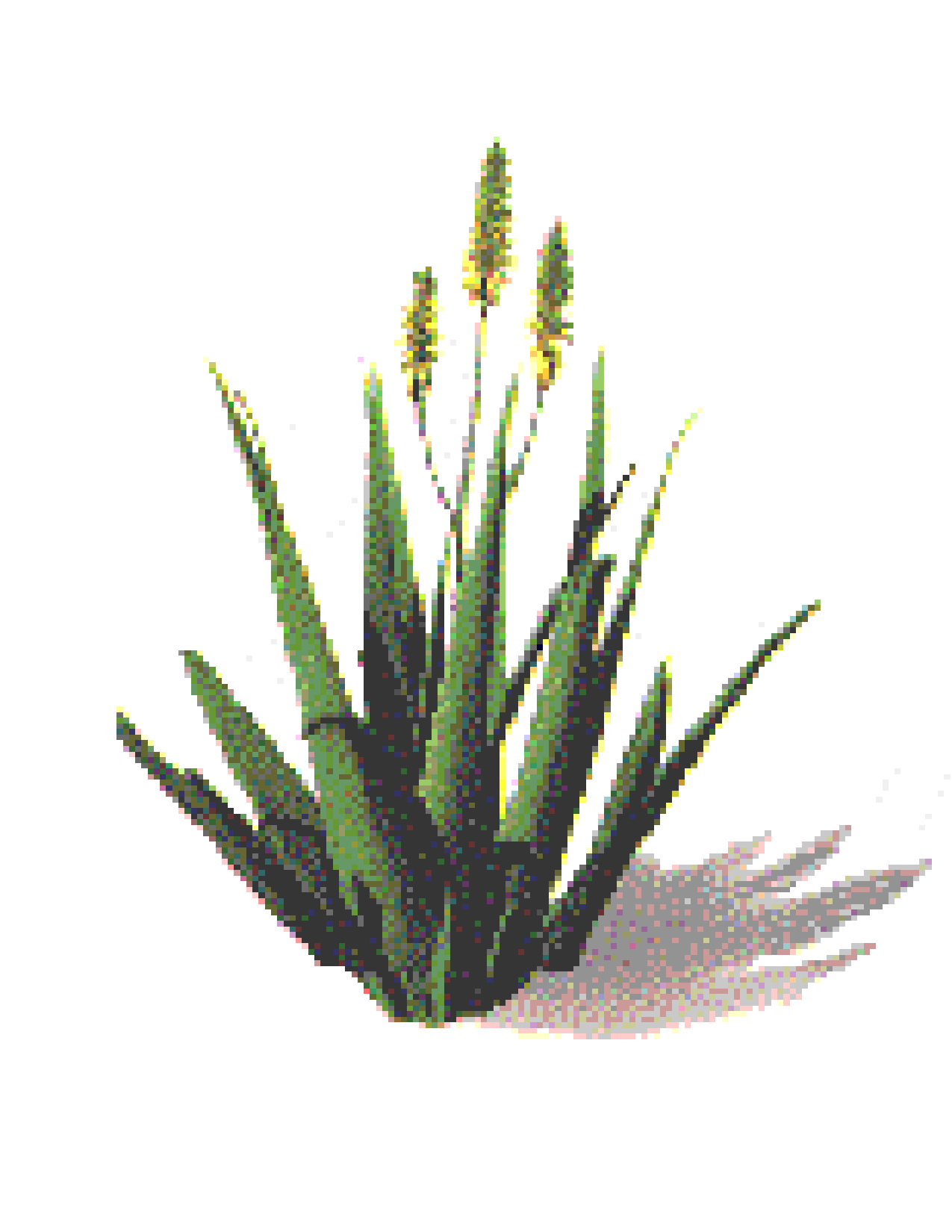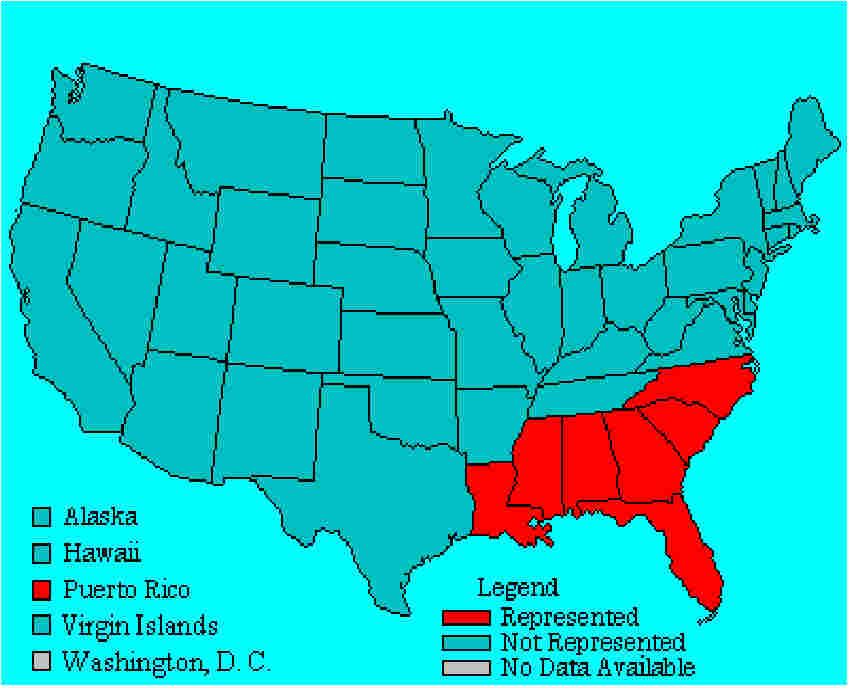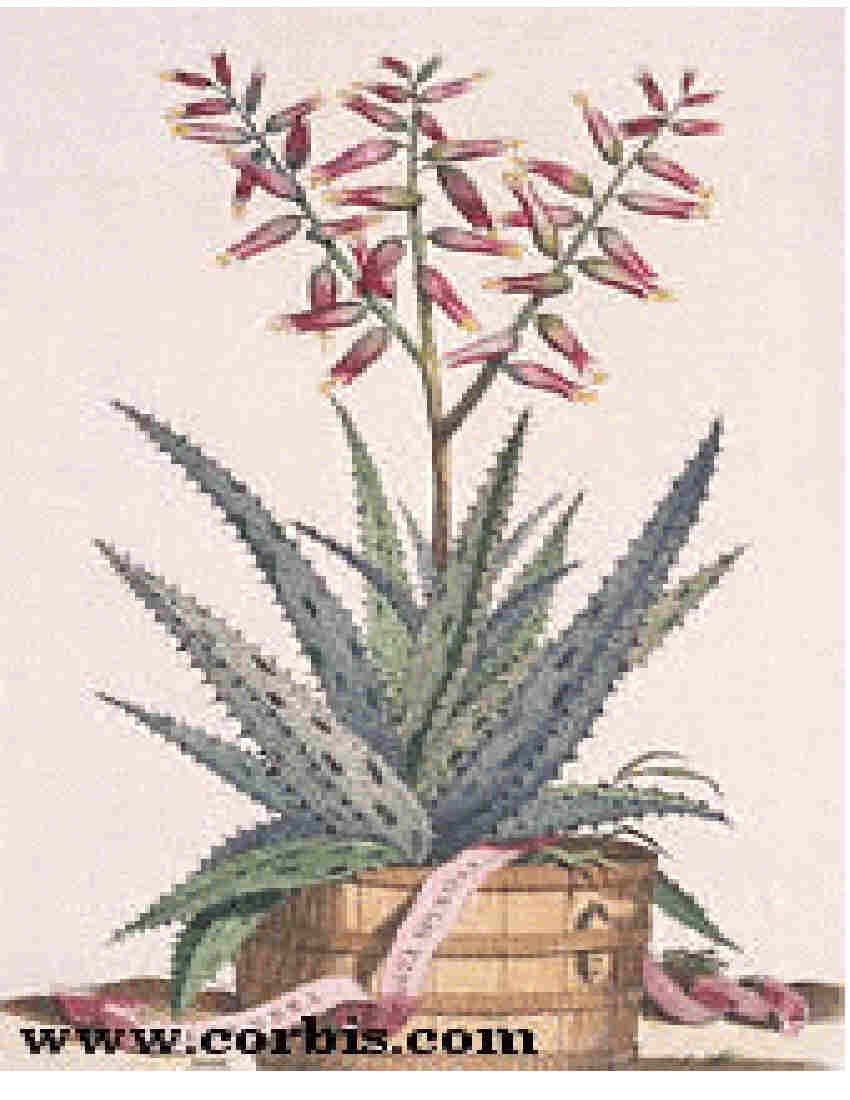
The Aloe Vera Plant
by David Cooper
Instructor Demetria Shew
Biology 100
15 March 1999
What is the Aloe Vera Plant?

There are approximately 200 different species of Aloe growing in Africa, Asia, Europe and North America. It seems to do well in drier environments. Some species of Aloes will grow branches and extensive root systems. In remote Southwest Africa, they will grow to an average height of 50 feet and have stems or a base 10 feet in diameter.
The Aloe Vera will produce flowers and seeds from the same root structure year after year. The seeds will develop inside a peanut shaped fruit 2 -4 inches long. The flower sprouts out of the center and rises several inches vertically, with the fruit developing at the center.
The Aloe species closely resemble various species of Agave, both visually and chemically. However, they are totally different species and should not be confused. Agave plants can be distinguished by a remarkable length of time between flowering, in cold climates, it may be decades. (Brockman, 74) (globalvision.au.com) (Aloe-vera.org)
Characteristics
The mature plant will grow up to twenty-five feet in height. It can be found growing in almost any area of the United States, but as a native plant it grows in Florida and primarily in coastal areas of Louisiana, Alabama, Mississippi, Georgia, North and South Carolina (see map). The color of the leaf will vary from a light green as a young plant and change to a darker evergreen and olive drab in the adult mature Aloe Vera. It also has very thick leaves with a tough outer skin that encases a gelatinous center, enabling it to thrive in areas with moderate to low precipitation. This liquid gel is a storage of water and nutrients for periods of drought, much like a cactus. These nutrients are what has made the plant so sought after. (plants.usda.gov) (Brockman, 74)

The Medicinal Values Humans have been using the Aloe Vera plant for centuries for its healing
capabilities. Depending on the century you exist during and the continent which
you live, the possibilities are endless. Historically, the plant has worked long and hard to earn a reputation as a
healer to mankind. The Bible refers to the Aloe plant five times, once as used for
perfume, and another instance for embalming purposes. Why Does it Work? The effectiveness of Aloe Vera on burns and wounds has been known for
a very long time. When analyzed, the extract was found to contain high amounts
of Vitamin A, B2, B6, B12, C and E. Of the 20 known Amino Acids, 17 are in the
plant gel. Aloe Vera also contains natural versions of analgesics, anesthetics,
antibiotics, bactericides, germicides, and fungicides. Medicine has recognized the effect on burns and the lessening of
scarring, and recently more illnesses are thought to be possibly treated with the
Aloe Vera gels. Some see promising results in treating diabetes, scar tissue
reduction, cellulite reduction, burn therapy, and recently internal use for HIV
infection. It seems to bolster the immunity and defense systems of patients with
immunological problems. Another internal use, is the ingestion of Aloin the main
ingredient of the plant. This is very dangerous and is considered firstly to be a
powerful laxative, and it can worsen a preexisting intestinal condition. Pregnant
and nursing women should never take it internally. The key ingredient for HIV treatment, seems to lie in one of the 200
ingredients. Researchers all agree that acemannan is a major component in
treating many viruses, such as Measles and HIV. It stimulated the bodies' ability
to produce white blood cells. Summary If given a chance the wonderful and beautiful Aloe Vera Plant is capable of
providing answers and hopes of cures for cancers, viruses and too many
afflictions to list here. Most of mans drugs already imitate nature in a synthetic way. Maybe the
cures are growing all around us in a ready to use state. Wouldn't the drug
companies and pharmaceutical makers hate that! Works Cited Compton's Home Library [Computer software]. (1997). Knoxville, TN: The
Learning Company, Inc. (Windows version 1.01) Compton's Interactive Bible [Computer software]. (1997) Knoxville, TN:
The Learning Company, Inc. (Windows version 1.0) Global Vision Products, Inc. What is Aloe Vera? Online. pp. 1-5. 13 March
1999. Available WWW: /http://WWW.globalvision.au.com Woodard, Sue. The Soothing Aloe Vera Plant. Online. pp. 1-3. 14 March
1999. Available WWW: /http:// WWW.delicious-online.com/D_backs/Sept_97/herbal.cfm Aloe Vera Information. What is Aloe Vera? Online. pp.1-6. 12 March 1999.
Available WWW: /http://WWW:aloe-vera.org/ USDA National Distribution. Yucca aloifolia. Online. p. 1. 10 March 1999.
Available WWW: /http://plants.usda.gov Botanical Database. Aloe Vera (Yucca aloifolia). Online. pp. 2-4. 14 March
1999 Available WWW: /http://botanical.com Brockman, C. Frank. (1968) Trees of North America. p 6, 74-75. New
York: Golden Press.
 Russians believe Aloe will increase longevity. The Japanese and Chinese
have for centuries believed in its healing abilities. Mesopotamian clay tablets
dating back to 1750 B.C. named
the Aloe as their "first-aid plant."
Cleopatra and Alexander the Great was said to have used it. In several religions
of the mid eastern region, the Aloe is considered a sacred plant and used in
various rites and worship. The ancient Greeks thought it valuable enough to
produce it in quantity to export. It was known to be imported to Europe and
England in the 10th century. Veterinarians today use it on many types of animals
from horses to livestock.
Russians believe Aloe will increase longevity. The Japanese and Chinese
have for centuries believed in its healing abilities. Mesopotamian clay tablets
dating back to 1750 B.C. named
the Aloe as their "first-aid plant."
Cleopatra and Alexander the Great was said to have used it. In several religions
of the mid eastern region, the Aloe is considered a sacred plant and used in
various rites and worship. The ancient Greeks thought it valuable enough to
produce it in quantity to export. It was known to be imported to Europe and
England in the 10th century. Veterinarians today use it on many types of animals
from horses to livestock.